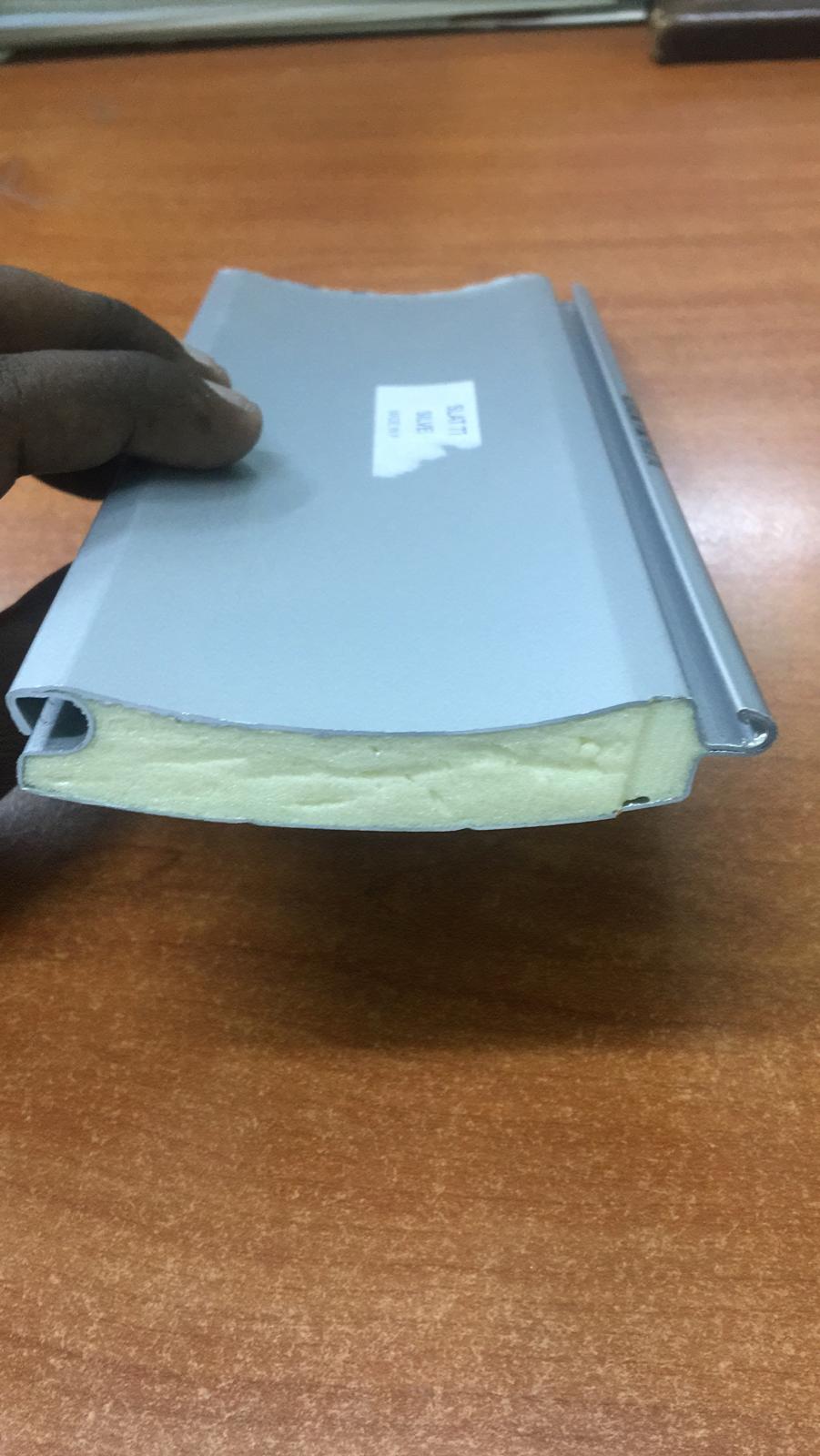
The Intricacies of Stainless Steel Pipe Making Equipment
Stainless steel pipes are essential components in a wide array of industries, including construction, automotive, and manufacturing. The production of these pipes relies heavily on advanced equipment designed to ensure precision, efficiency, and durability. This article explores the intricacies of stainless steel pipe making equipment, highlighting the technology, processes, and significance of this industry.
The Demand for Stainless Steel Pipes
The demand for stainless steel pipes has surged in recent years due to their corrosion resistance, strength, and aesthetic appeal. Commonly used in plumbing, heating, and food processing, these pipes are valued for their sanitary qualities and ability to withstand extreme conditions. As industries evolve and the need for sustainable solutions grows, the production of stainless steel pipes must keep pace with technological advancements.
Key Equipment in Pipe Production
The fabrication of stainless steel pipes involves a series of specialized machines, each serving a specific role in the manufacturing process. Here are some of the key pieces of equipment used
1. Steel Coil Slitting Machine This machine cuts large rolls of stainless steel sheets into narrower strips. The precision of this equipment is critical, as it determines the widths of the final pipes.
2. Tube Mill A tube mill is essential for forming the strips into pipes. The process begins with the strip being fed into the mill, where it passes through a series of rollers that fold and weld the edges together. Advanced tube mills ensure consistent wall thickness and diameter, producing a high-quality finished product.
3. Welding Equipment Depending on the pipe requirements, welding can be performed using various methods, including TIG (Tungsten Inert Gas) welding or laser welding. These techniques are essential for ensuring that the seams of the pipes are robust and free from defects.
4. Cut-off Machines Once the pipes are formed, they must be cut to the desired lengths. Cut-off machines employ saw blades or shearing techniques to achieve precise measurements, enabling manufacturers to meet specific customer needs.

5. Beveling Machines Beveling is a crucial step for preparing pipe ends for welding or joining. This equipment creates a beveled edge, facilitating better alignment and improving joint strength during installation.
6. Testing Machines Quality control is vital in stainless steel pipe manufacturing. Various testing machines verify the integrity of the pipes, ensuring they meet industry standards. Common tests include hydrostatic testing, eddy current testing, and ultrasonic testing, which assess thickness and detect any potential flaws.
Innovations in Pipe Making Technologies
The advancements in stainless steel pipe making equipment include automation and smart technology integration. Automated systems optimize the production process, allowing for real-time monitoring and adjustments. This leads to enhanced productivity, reduced waste, and improved quality control.
For instance, Industry 4.0 technologies enable manufacturers to utilize data analytics and machine learning in their operations. By analyzing production data, companies can predict maintenance needs, optimize processes, and reduce downtime. The introduction of collaborative robots (cobots) also streamlines operations, working alongside human operators to enhance efficiency.
Environmental Considerations
In today's manufacturing landscape, sustainability is a significant concern. The production of stainless steel pipes can be resource-intensive, making it vital for manufacturers to adopt eco-friendly practices. Modern pipe-making equipment is designed to minimize waste and energy consumption. Recycling scrap materials and employing efficient machining processes are fundamental practices that contribute to a sustainable operation.
Conclusion
The importance of stainless steel pipe making equipment cannot be overstated. As industries continue to grow and evolve, the demand for high-quality, durable pipes remains constant. The technologies and methods employed in the manufacturing process not only enhance efficiency but also ensure that the pipes meet the stringent standards required for various applications.
As manufacturers adopt innovative technologies and prioritize sustainability, the future of stainless steel pipes looks promising. This dynamic sector will continue to play a vital role in supporting infrastructure development and industrial advancements worldwide, making the understanding of pipe-making equipment all the more crucial.